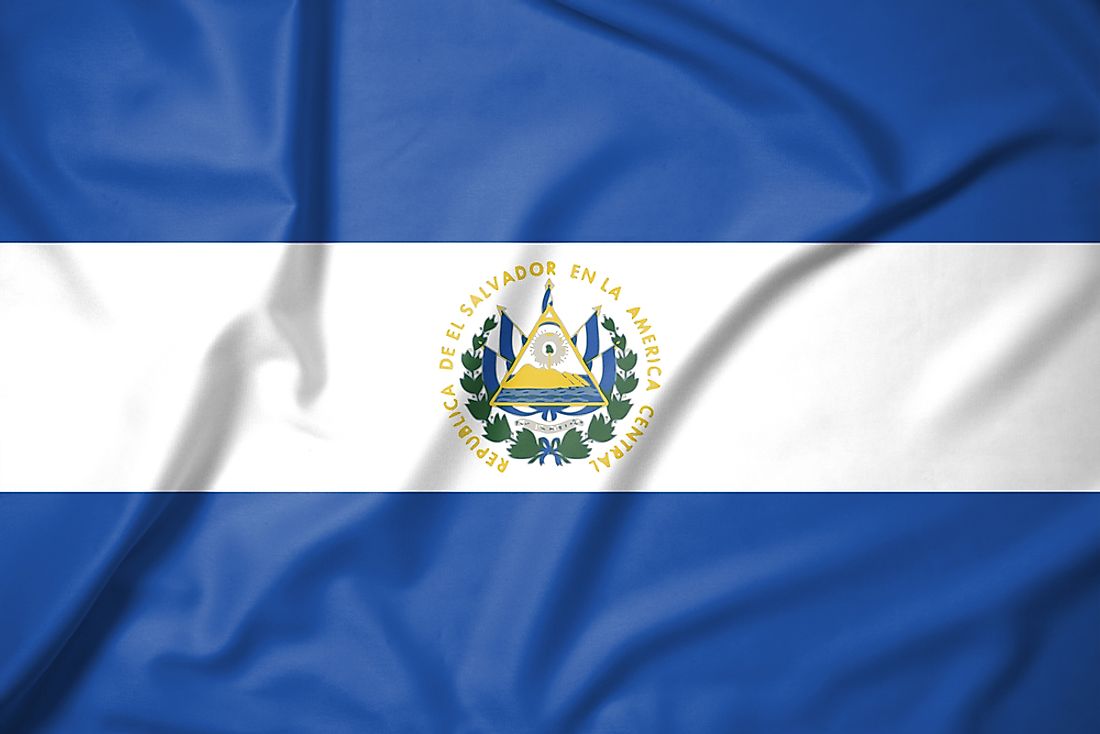What Type Of Government Does El Salvador Have?

El Salvador is a country in Central America which attained independence in 1841 after the collapse of the Federal Republic of Central America. The Constitution of El Salvador is the supreme law in the country and dictates the government system in El Salvador as that of a representative presidential democracy where the president is both the head of state as well as head of government.
Constitution of El Salvador
The Constitution is made up of 11 titles which are further subdivided into 274 articles. El Salvador has had 15 constitutions since the country gained self-rule in the 19th century, with the first constitution being promulgated in 1841. The current Constitution used in El Salvador was enacted in 1983 and was effected on December 20th, 1963. The Constitution dictates the sovereignty of El Salvador and outlines the three branches of government, their respective compositions, powers, and privileges. The Constitution also provides for freedoms and rights mandatory to every resident of El Salvador among other provisions. The 1983 Constitution was later amended in 2003 and is quite similar to the El Salvador Constitution of 1962 with some passages being exported in verbatim from the 1962 document.
The Executive
The executive is the arm of government mandated to implement and supervise government policies and interests. According to the Constitution of El Salvador, the executive consists of the President who is the head, the Vice President, and the Cabinet. The President of El Salvador, while serving in the capacity of head of government, is the leader of the executive and wields executive authority. The President is democratically elected through direct public adult suffrage to serve one five-year term. During the general election, a candidate is deemed as the winner after garnering the absolute majority of 50+1% of the total votes cast. If the absolute majority is not realized, a run-off election is conducted 30 days later and involves the two most popular candidates. Upon the completion of the term, the President is not allowed to seek immediate reelection but can do so after the subsequent election and presidency of a different candidate. The Cabinet is made of ministers who head respective government ministries which represent all sectors of the economy.
Legislative Branch
The Legislative Assembly of El Salvador is the legislative branch of government in the country. The Legislative Assembly is made of a unicameral (single-chambered) parliament. The assembly is comprised of 84 members who are known as deputies drawn from all the major political parties in El Salvador. The members of the Legislative Assembly are all elected through a direct popular vote through open-list proportional representation to serve one three-year term and on completion of the term, they are allowed to seek immediate reelection. 64 deputies are elected from 14 national departments of El Salvador whereas the remaining 20 deputies are elected based on one national constituency. The Legislative Assembly has the power to call for an amendment of the Constitution through a majority vote in the house which is later confirmed by a two-third majority vote.
Judicial Branch
The Constitution of El Salvador provides for an independent judiciary whose primary mandate is the provision of justice. The Supreme Court of El Salvador is the highest judicial office in the country and is composed of 15 judges who are elected by the Legislative Assembly. Other courts below the Supreme Court include the intermediate appellate courts, the criminal courts of the first instance, and the justices of the peace.







